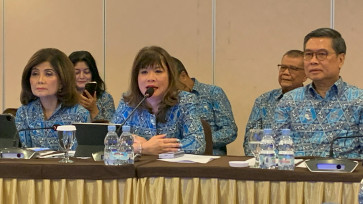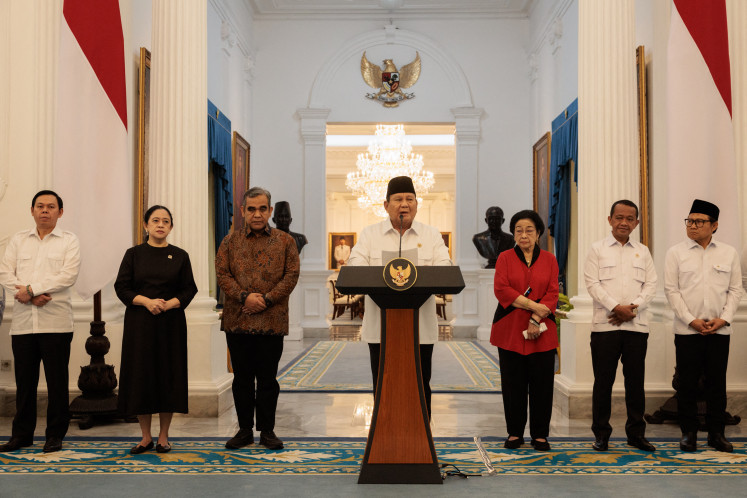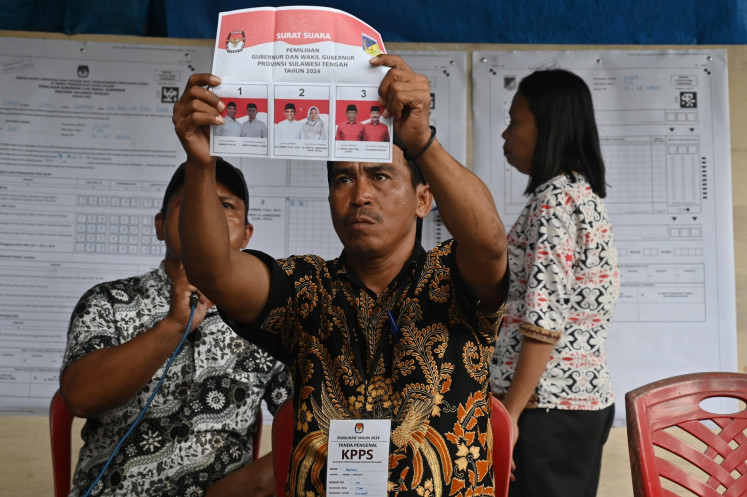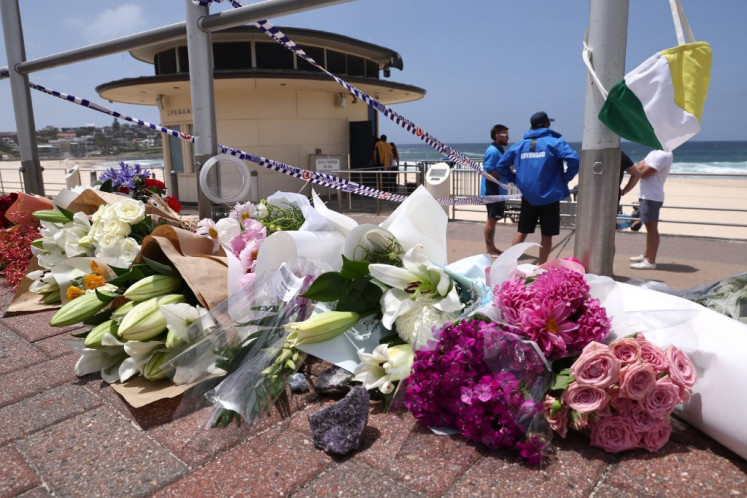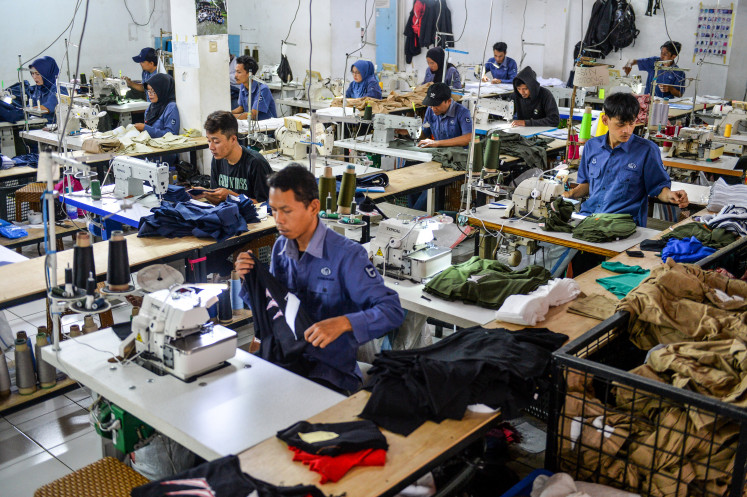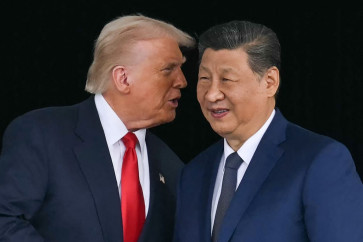Popular Reads
Top Results
Can't find what you're looking for?
View all search resultsPopular Reads
Top Results
Can't find what you're looking for?
View all search resultsDonald Trump's pivot from Asia
Trump spent much of the last week of October in Asia but failed to create enduring structures in the economic sphere or put to rest increasing doubts about the United States’ strategic commitment to the region.
Change text size
Gift Premium Articles
to Anyone
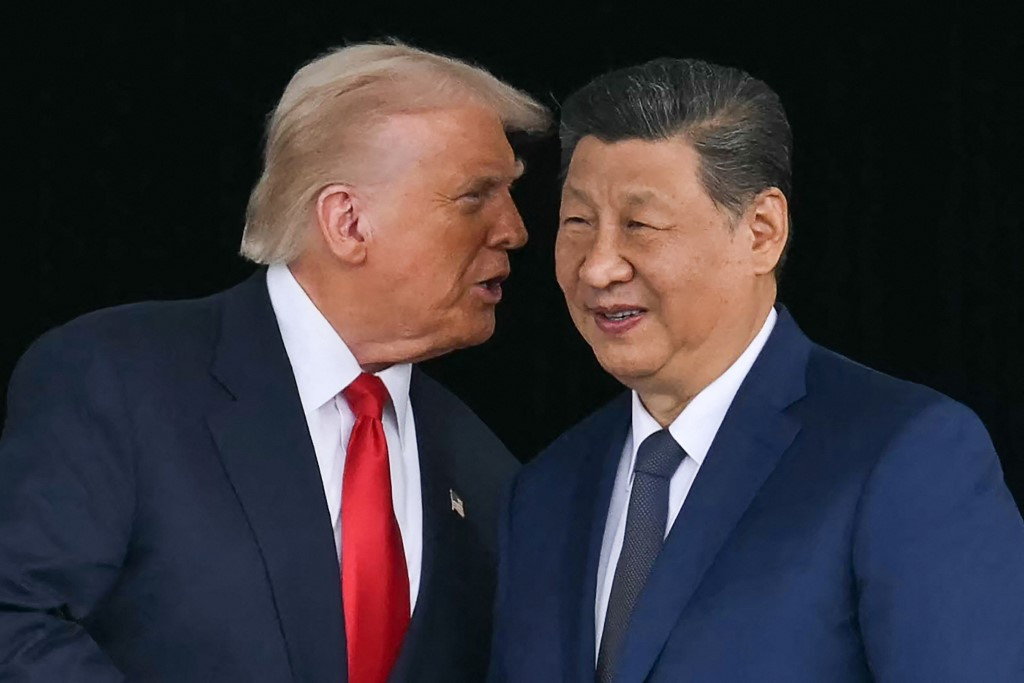 United States President Donald Trump ('left') talks to China's President Xi Jinping as they shake hands after their talks on Oct. 30, 2025, at the Gimhae Air Base in Busan, South Korea. Trump and Xi had their first face-to-face meeting in six years, seeking a truce to end a trade war that has roiled the world economy. (AFP/ANDREW CABALLERO-REYNOLDS)
United States President Donald Trump ('left') talks to China's President Xi Jinping as they shake hands after their talks on Oct. 30, 2025, at the Gimhae Air Base in Busan, South Korea. Trump and Xi had their first face-to-face meeting in six years, seeking a truce to end a trade war that has roiled the world economy. (AFP/ANDREW CABALLERO-REYNOLDS)
U
nited States President Donald Trump spent much of the last week of October in Asia. He managed to bring about ceasefires on several fronts of a trade war largely of his own making, after imposing tariffs on friends and foes alike. What he has not done, though, has been to create enduring structures in the economic sphere or put to rest increasing doubts about the US' strategic commitment to the region.
To be sure, there were some valuable accomplishments. Trump’s meetings in Japan, arguably the most important US ally nowadays by virtue of its economic and military heft and its critical role in balancing a stronger and more assertive China, went as well as or better than anyone could have hoped. A hallmark of the Trump administration’s foreign policy is to be tough on friends and allies, but Trump and Japan’s first-ever female prime minister, Sanae Takaichi, got off to an excellent start.
It helped that Takaichi was closely associated with former prime minister Shinzo Abe, the foreign leader who built the closest relationship with Trump during his first term as president. It also helped that Japan is spending more on defense and is offering to substantially increase its investment in the US.
The US and South Korea also managed to put their economic relationship on a better footing. Clearly, US allies in Asia as in Europe have gotten better at managing the often-difficult diplomatic dance with Trump. Flattery, gifts and fanfare, packaged with increases in defense spending and investment in the US, can make for a successful visit.
The positive tone of these meetings made for a strong backdrop to the bilateral session between Trump and Chinese President Xi Jinping. The meeting produced something of a truce in the US-China trade war but did not resolve the underlying economic frictions or address the growing geopolitical tensions between the world’s two biggest economies.
China will resume some modest purchases of US soybeans, has promised to rein in exports of chemicals used to make fentanyl, and will postpone restrictions on rare earth mineral exports for one year.
The US, for its part, will reduce overall tariffs on Chinese goods from 57 percent to 47 percent. A deal on the social media app TikTok appears close to being finalized. New export controls limiting what advanced US technology can go to China seem to have been put on hold.




